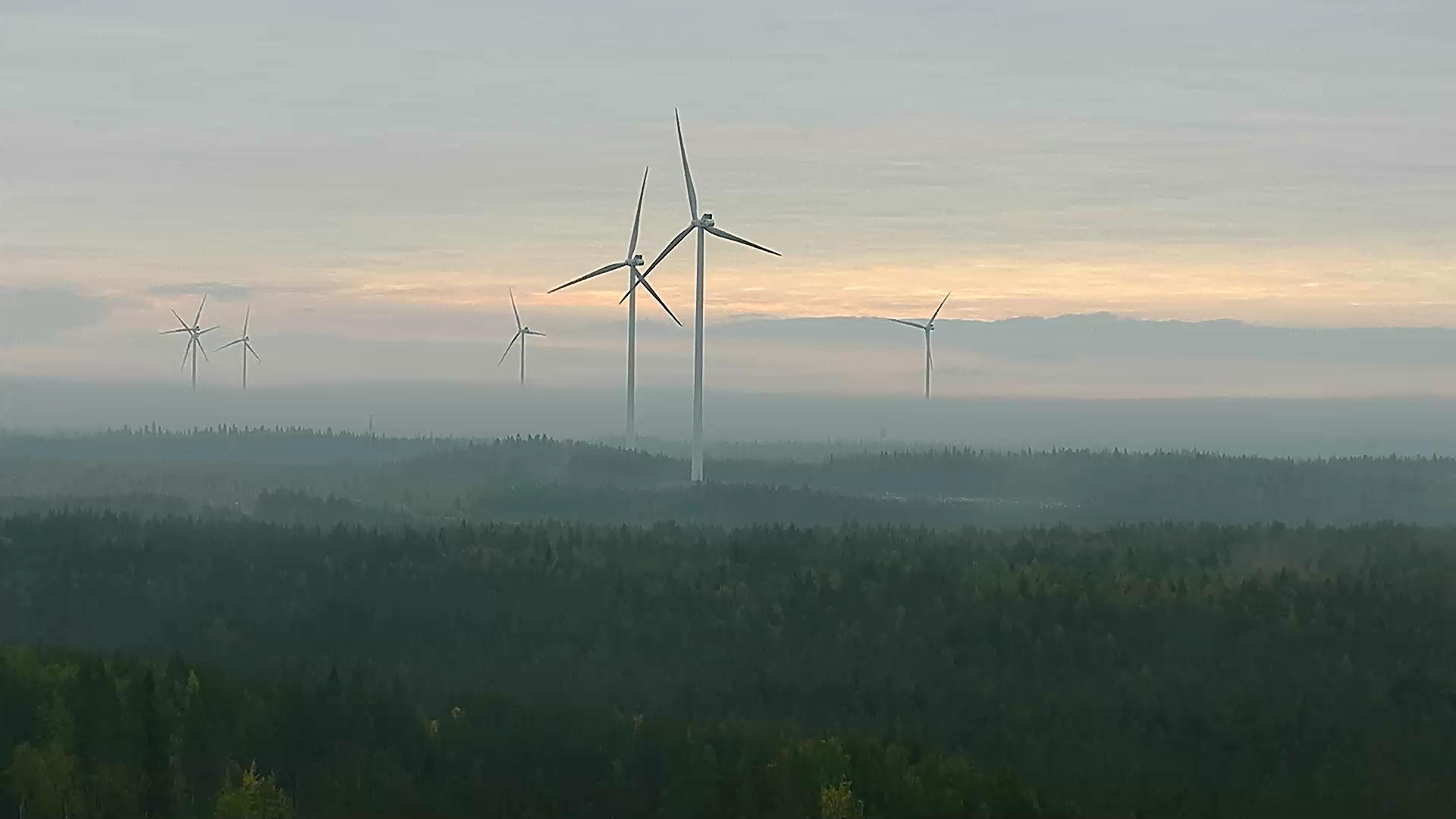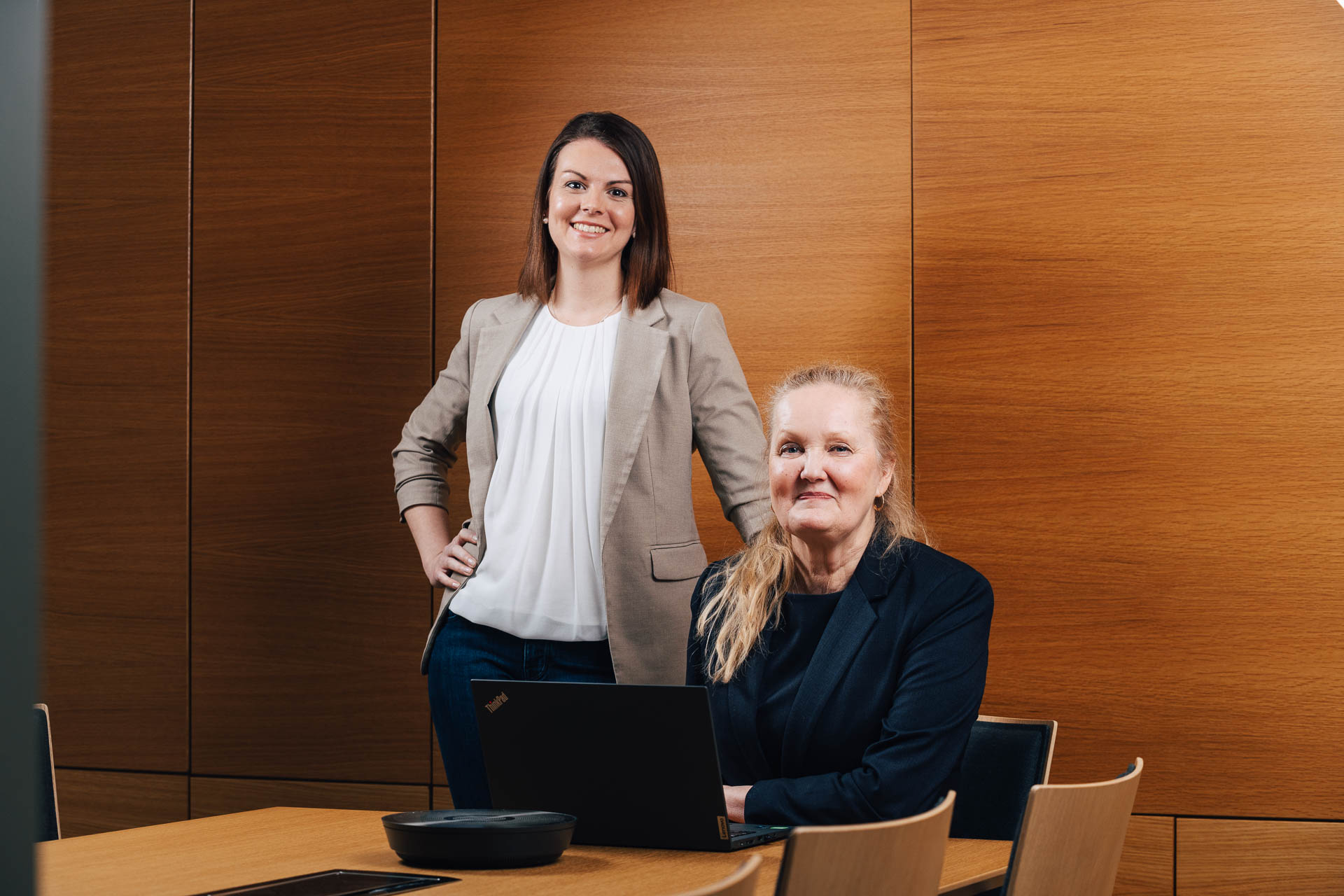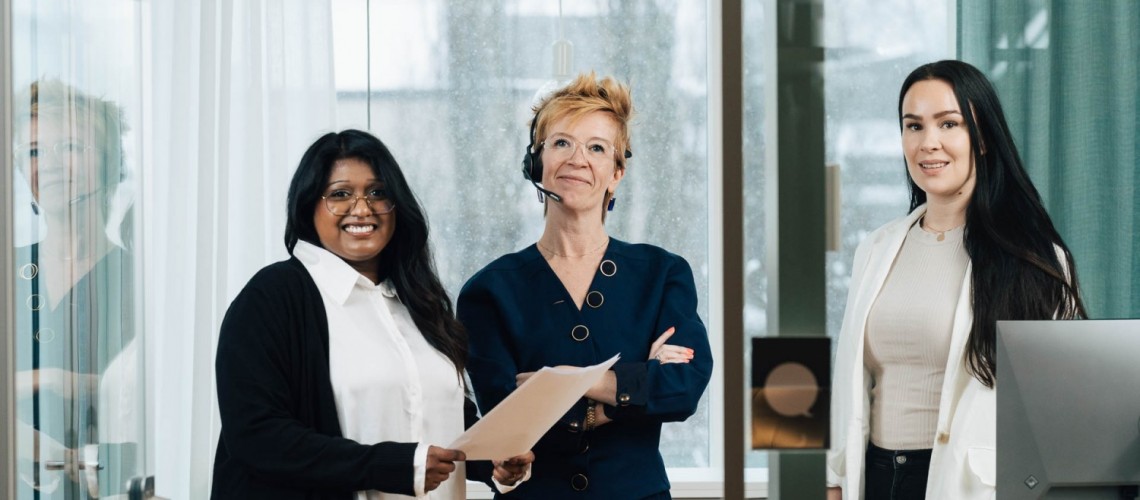Vestia
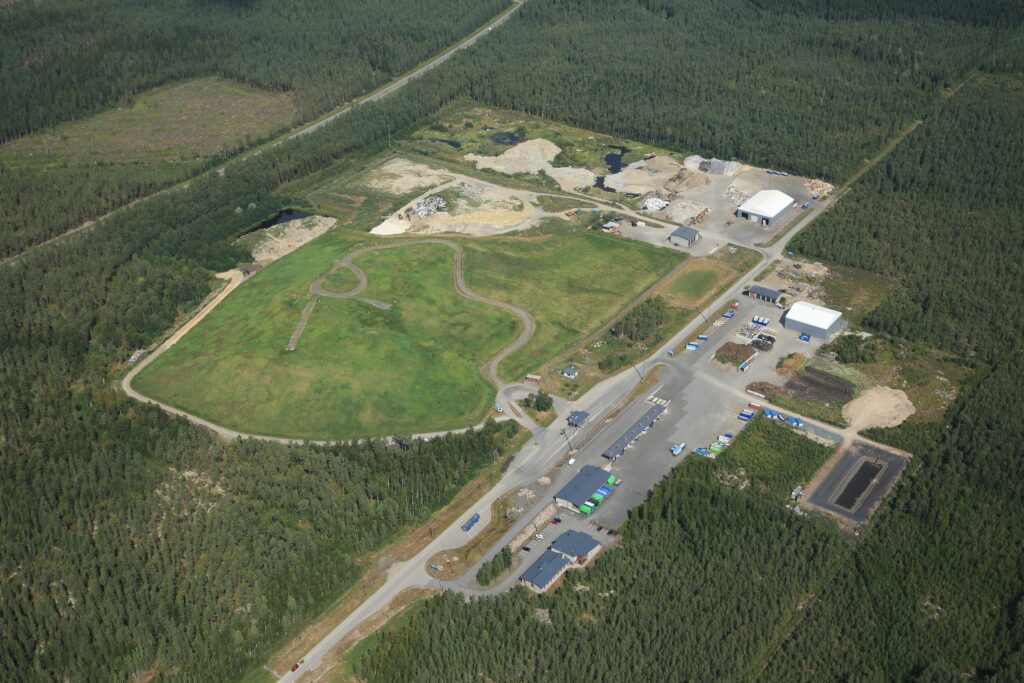
“Not all electricity companies have shown the same interest in purchasing our production as Herrfors has.”
JORMA SEPPÄLÄ, DEVELOPMENT MANAGER, VESTIA OY
Over the past few decades, Finland’s waste management sector has undergone major reforms. With increased recycling and energy recovery, landfill disposal has decreased significantly. Until 2012, all household waste in Finland was landfilled. Today, thanks to energy recovery, only about 4% of the waste received by Vestia ends up in landfill.
Vestia Oy, based in Ylivieska, is a waste management company owned by 16 municipalities. It utilizes methane gas generated from its landfill site to produce electricity and heat. This operation helps Vestia fulfill its environmental obligations by preventing the release of harmful methane gas into the atmosphere.
Vestia Oy is primarily responsible for the collection, transport, and processing of household waste. Its main office and waste management center are located just outside the city center of Ylivieska. The company operates 15 recycling stations across the region, covering an area up to 150 km wide—from Pyhäntä to the Kalajoki sand dunes. This wide coverage makes an efficient recycling network essential.
“Vestia serves 97,000 people and 30,000 households across 16 municipalities. A well-functioning recycling network is critical. It would be unreasonable to expect customers to transport waste over long distances,”
— Olavi Soinio, CEO of Vestia
Adjacent to the main office is a landfill established in the 1950s. With major legislative changes over the past two decades, new landfill disposal has virtually ceased in favor of recycling and energy recovery. However, Vestia has successfully repurposed its old landfill site. Methane gas generated from decomposing waste is captured and used to power a microturbine that produces both electricity and heat for the waste center.
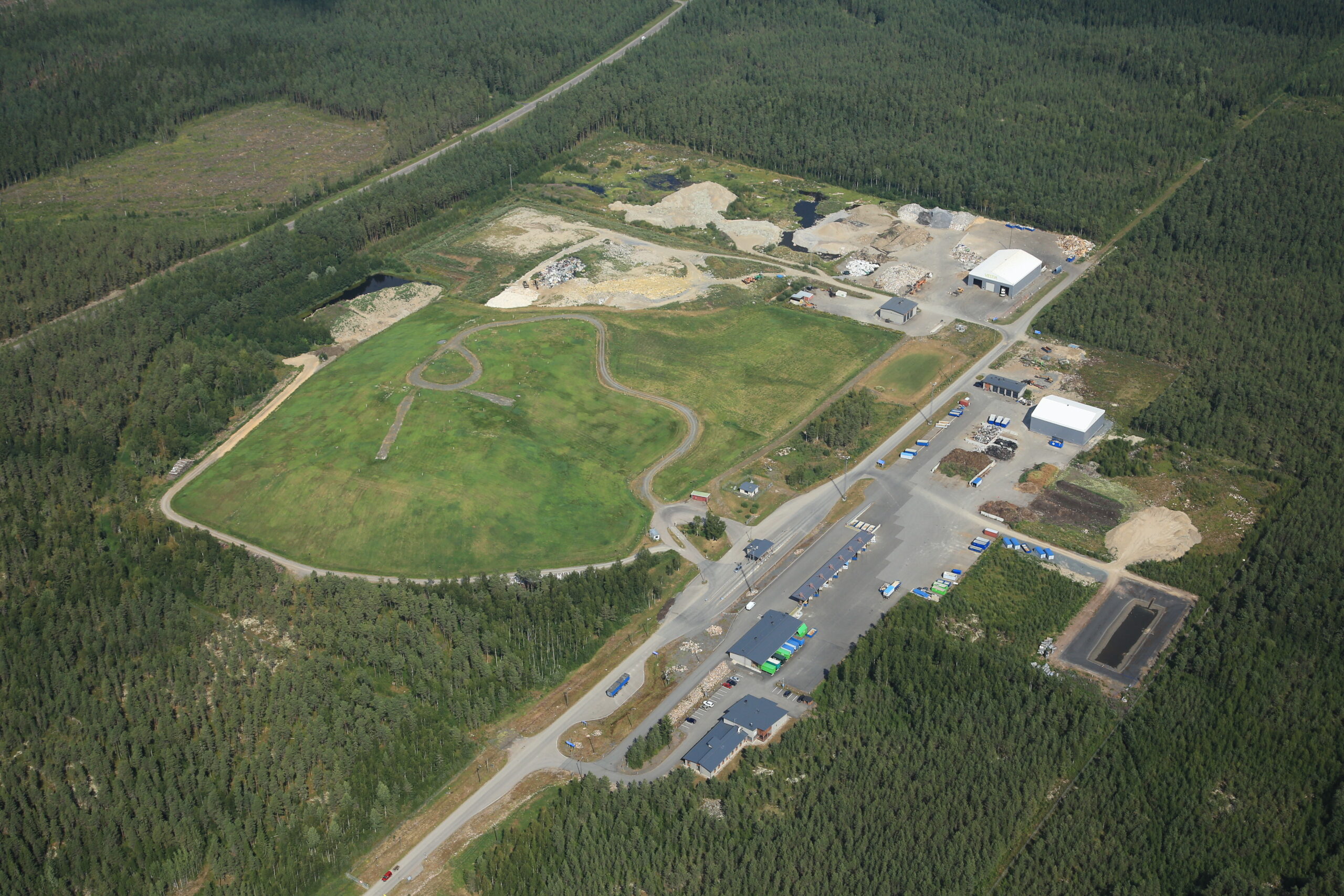
-The landfill includes 24 gas wells, each equipped to separate water from gas. The dry gas is then directed to the microturbine, and the system is optimized using real-time measurement data.
“We use measurements to adjust suction levels for optimal gas collection,”
— Jorma Seppälä, Development Manager
The microturbine has an electricity output of 100 kW and a thermal output of 165 kW. The site also includes an internal district heating network powered by the turbine. Two electric boilers serve as backup in case of interruptions.
“During warmer periods, our own production exceeds our consumption. We’re a rather unique electricity consumer in that electricity often flows both ways,”
— Olavi Soinio
Vestia has been a customer of Herrfors since 2014. In addition to supplying electricity, Herrfors also purchases Vestia’s surplus electricity production. Vestia receives monthly reports with hourly pricing.
“The collaboration has worked well, even though our self-production makes the situation unusual. This has influenced our choice of electricity provider. Not all energy companies have been interested in buying our electricity the way Herrfors has. We’ve held two rounds of competitive bidding, and Herrfors has offered the most competitive prices. When something works well, there’s no reason to change it,”
— Jorma Seppälä
The landscaped landfill remains active both above and below the surface. Today, the mostly restored and fenced-off site is the third highest point in Ylivieska. Due to its elevation, it attracts rare bird species and licensed birdwatchers. Vestia has worked closely with birdwatchers to create a photo collection of local birdlife, which was featured in the company’s 20th anniversary calendar in 2019.
This is Vestia:
- Ownership: Owned by 16 municipalities
- Personnel: 20 employees directly, approx. 25 indirectly
- Annual Revenue: €10.3 million in 2017 (relatively stable due to the nature of the service)
- Service Area: Covers the following municipalities in Northern Ostrobothnia: Kalajoki, Kannus, Sievi, Toholampi, Haapajärvi, Nivala, Ylivieska, Alavieska, Pyhäjoki, Merijärvi, Oulainen, Haapavesi, Kärsämäki, Pyhäjärvi, Pyhäntä, and Siikalatva
Do You Have Your Own Energy Production?
Do you generate electricity using solar, wind, or gas? Regardless of the source, we’re interested in buying it. We work closely with producers in our region. Feel free to contact us with any questions. We also offer Nordic Sunrise solar panel systems with full turnkey delivery.
